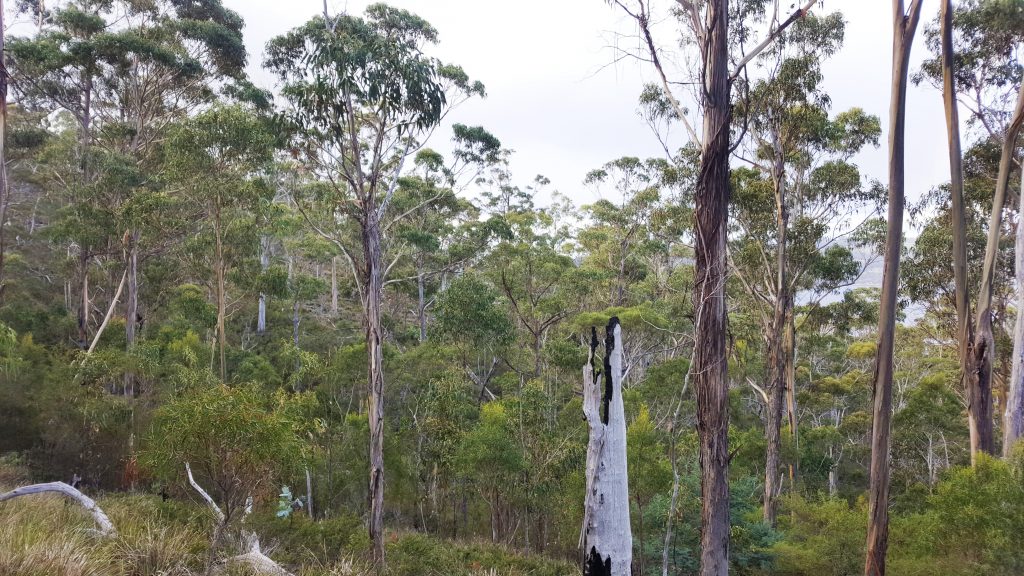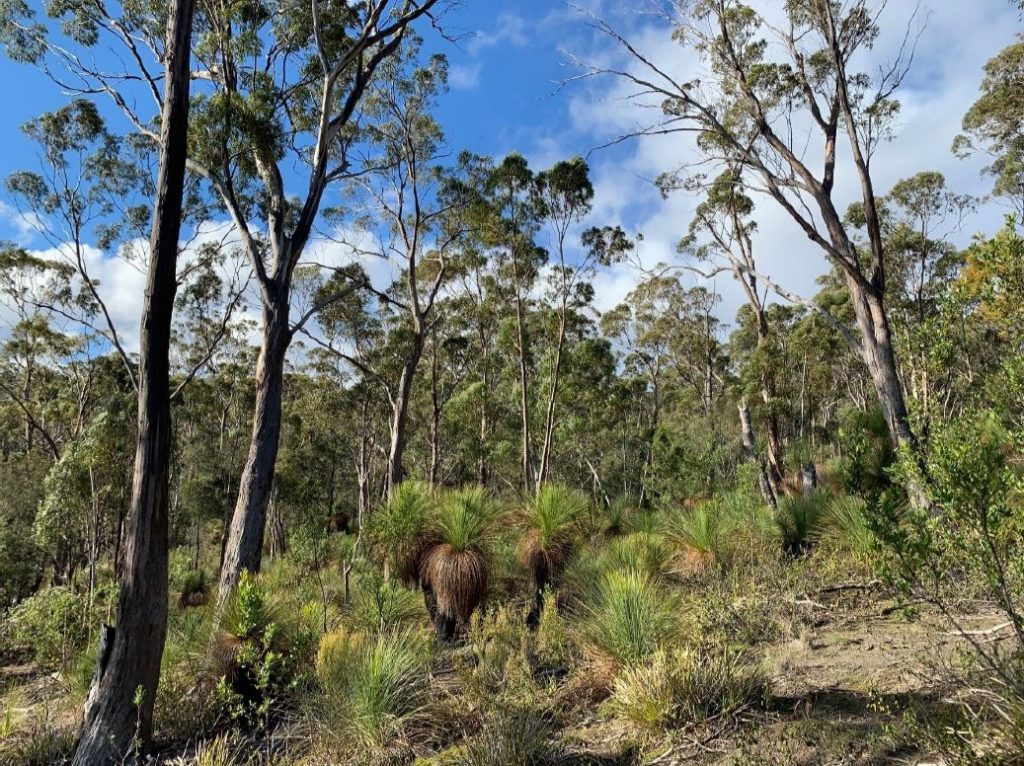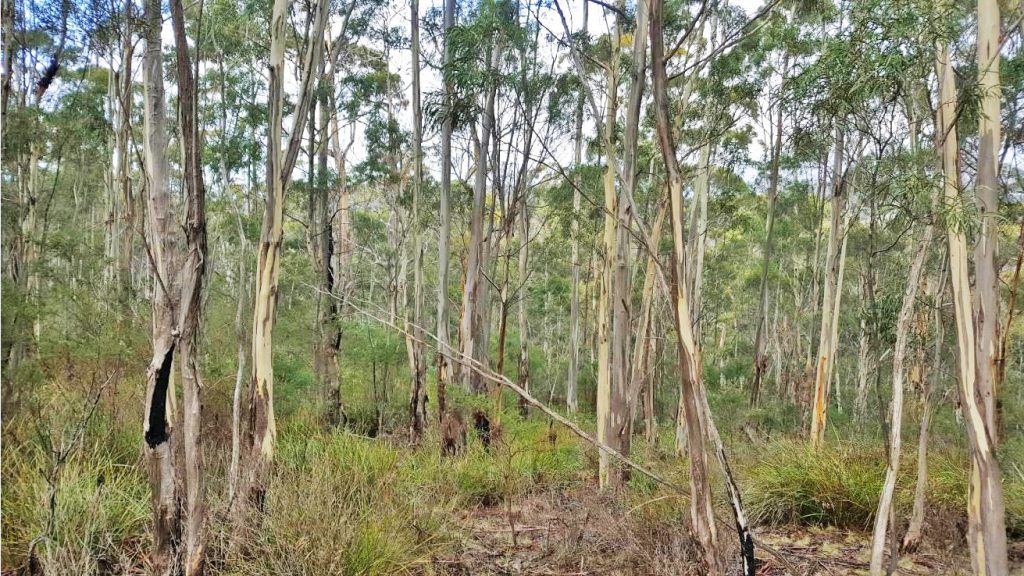Through the Kingborough Environmental Fund we have been able to protect biodiversity values on private land using targeted conservation covenants. Due to the proportion of high priority biodiversity values found on private land, these reserves play a vital role in the conservation of native flora and fauna.
A conservation covenant is used to create a nature reserve on private land to conserve an area of significant biodiversity. A covenant is a legally binding agreement under the Tasmanian Nature Conservation Act (2002) and registered on land title. Covenants are part of the National Reserve System and the primary mechanism to secure conservation values on private land in perpetuity.
Significant patches of vegetation that contain threatened vegetation communities or habitat for threatened species such as the swift parrot and forty-spotted pardalote are of particular interest to Council. If you would like to submit an expression of interest, please complete the online form below, or contact the Biodiversity Officer for more information on (03) 6211 8200.
Coningham
This large conservation covenant adjacent to the Coningham Nature Recreation Area boasts large swathes of threatened blue gum forest, which is also core habitat for the critically endangered swift parrot. Stewardship actions for this reserve are being focused on the control of a large Spanish heath infestation, which is a highly competitive bushland invader.

Killora
Sitting on the west coast of North Bruny, this conservation covenant is home to magnificent grass trees and a colony of endangered forty-spotted pardalotes which rely entirely on the local white gums for food. Large areas of weedy radiata pines have been removed, and are being replaced with white gums to help provide future habitat for these special birds.

Oyster Cove
These three adjoining covenants contain a diverse range of plants and animals. With habitat for both forty-spotted pardalotes and swift parrots, and three different threatened vegetation communities, these reserves are helping to form a valuable corridor of vegetation between other areas of protected land.

Lower Snug
Forming part of a corridor of protected areas, this conservation covenant contains potential habitat for the nondescript chaostola skipper, an endangered butterfly species that relies entirely on a single species of sedge for its survival. Weed control and fencing will help ensure this unique habitat is preserved for years to come.
